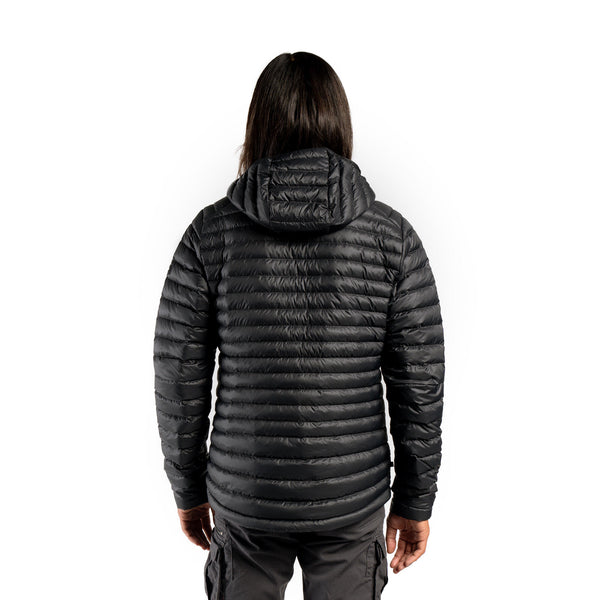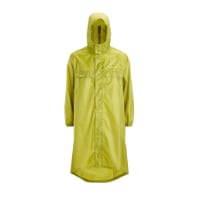michaelporourke
Member
- Time of past OR future Camino
- Camino Primitivo
Hi everyone,
I'm trying to pack "smart" and avoid packing unnecessary clothing. What items (clothing and otherwise) would you recommend for walking the Camino Primitivo in the second half of September 2022? I understand the weather can be unpredictable (rain, hot/cool weather fluctuations, etc.).
I definitely plan to have a lightweight rain jacket and a thin/lightweight fleece in my pack.
(I'm a first-time Camino pilgrim and acknowledge that I may inadvertently overpack.)
Thank you!
Mike
I'm trying to pack "smart" and avoid packing unnecessary clothing. What items (clothing and otherwise) would you recommend for walking the Camino Primitivo in the second half of September 2022? I understand the weather can be unpredictable (rain, hot/cool weather fluctuations, etc.).
I definitely plan to have a lightweight rain jacket and a thin/lightweight fleece in my pack.
(I'm a first-time Camino pilgrim and acknowledge that I may inadvertently overpack.)
Thank you!
Mike































